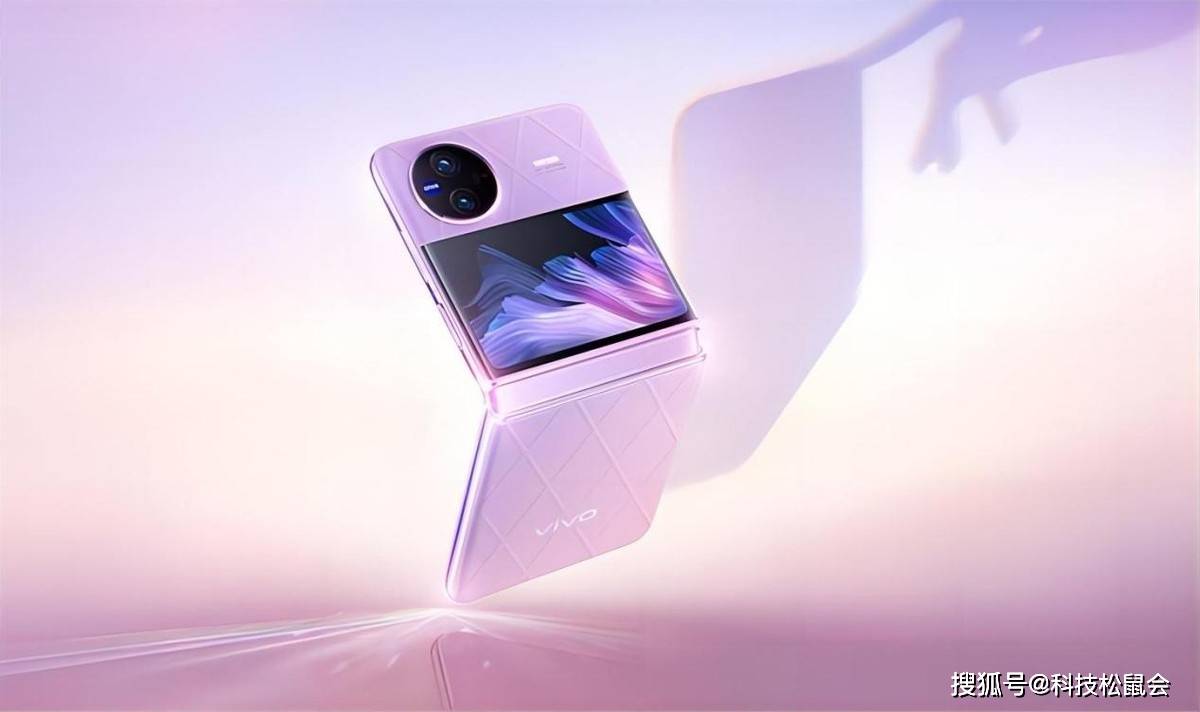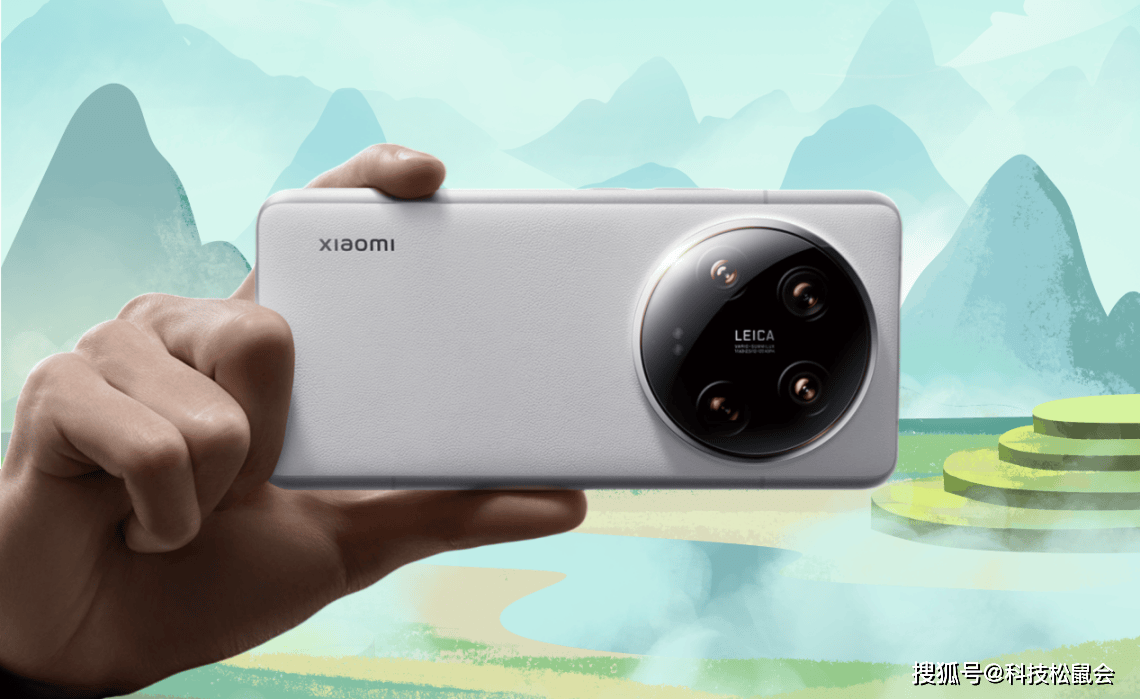Q1 2024: Vivo Leads Domestic Smartphone Market in China
Which smartphone brand performed the best in the first quarter of 2024 in China? It’s not Apple, Huawei, or Xiaomi, but Vivo. According to the data released by BCI regarding smartphone activation rankings in the first quarter of 2024, Vivo+iQOO successfully secured 16.9% market share with 11.58 million activations, clinching the top spot. Activation numbers are a better reflection of actual sales compared to shipment figures. Shipment numbers only indicate that phones have left the manufacturer, but whether they are sold to consumers or stored in distributors’ warehouses remains unclear.

Following closely, Honor secured the second position with 10.74 million activations, accounting for 15.8% of the market share. Huawei closely trailed Honor with 10.58 million activations, claiming the third spot with a market share of 15.5%. Together, Honor and Huawei captured 31.3% of the market, nearing one-third. Previously, when Honor was still part of Huawei, their combined market share surpassed 40%. While Honor’s market share remains relatively stable, Huawei’s market share has been rapidly increasing since the release of the Mate60 series. The Nova12 series also performed well, and the Pocket2, released in February, showed outstanding performance. With the imminent release of the Huawei P70, Huawei’s market share is expected to rise again in the second quarter, likely surpassing Vivo and securing the top spot in domestic sales, as the difference is less than 1 million units.

Apple’s activation numbers were slightly lower than Huawei’s, securing the fourth position with 10.569 million activations and a market share of 15.5%. Apple’s market share is declining, primarily due to Huawei’s resurgence, attracting back high-end users. After Huawei faced sanctions, Apple dominated the high-end market domestically. Although iPhone innovation has been lacking in recent years, it hasn’t affected sales, and market share has been steadily increasing. With the return of the Mate60 series, powered by the Kirin processor and HarmonyOS, many high-end users have returned to Huawei, leading to a decline in Apple’s market share. In the high-end market, Huawei continues to make moves, with the Pocket2, a foldable phone released in February, gaining popularity among high-end female users. The flagship Huawei P70, scheduled for release in the first half of the year, poses a challenge for Apple, which has no other strategies besides price reductions to maintain sales.

As offline giants, Vivo secured the first position, while OPPO’s performance can only be described as average. In the first quarter, activations for OPPO and OnePlus totaled 10.043 million units, with a market share of 14.7%. Their market share was 2 percentage points lower than Vivo’s, and activations were 1.5 million units less, averaging 500,000 fewer units per month.
Most surprising is Xiaomi’s performance, with activations dropping out of the top five in the first quarter, sliding into ‘others’ category. Activations for Xiaomi and Redmi combined were less than 10 million, totaling 9.9 million units, with a market share of 14.5%. From Xiaomi’s financial reports, it’s evident that Redmi dominates its sales. Although Xiaomi has been attempting to break into the high-end market, sales have been less than ideal, with Redmi remaining the main force. Several new Redmi models are set to be released, expected to boost Xiaomi’s sales and help it regain a spot in the top five.

Currently, the landscape of the domestic smartphone market comprises five domestic brands: Huawei, Honor, Xiaomi, OPPO, and Vivo, along with one foreign brand, Apple. With the return of Huawei’s high-end Mate60 series, Apple’s market share began to decline first. Following the return of Huawei’s mid-range Nova12 series, Vivo and OPPO began to decline. Currently, Huawei’s return has a relatively small impact on Xiaomi, mainly because Huawei’s low-end Enjoy series has not officially returned, still using Qualcomm’s 4G processors. When Enjoy series switches to Kirin, Xiaomi’s market share is estimated to decline.
Source: BCI (Business Consulting Intelligence) Activation Rankings in the Domestic Smartphone Market in Q1 2024